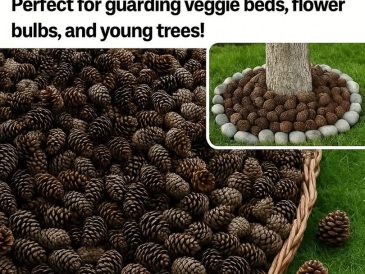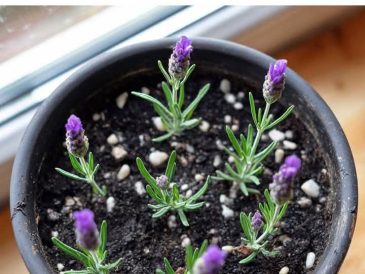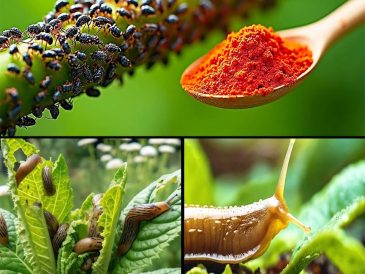There’s nothing more enchanting than a garden buzzing with bees and fluttering with butterflies. These hardworking pollinators play a vital role in the ecosystem, and choosing the right plants can make your garden a haven for them.
Bees are drawn to nectar- and pollen-rich blooms, while butterflies seek out plants with ample landing space and a steady nectar supply.
For many years, I’ve learned that planting a variety of flowers, herbs, and shrubs ensures a vibrant, thriving garden filled with life. Here are 10 of the best plants to attract bees and butterflies, along with tips on how to care for them.
1. Lavender
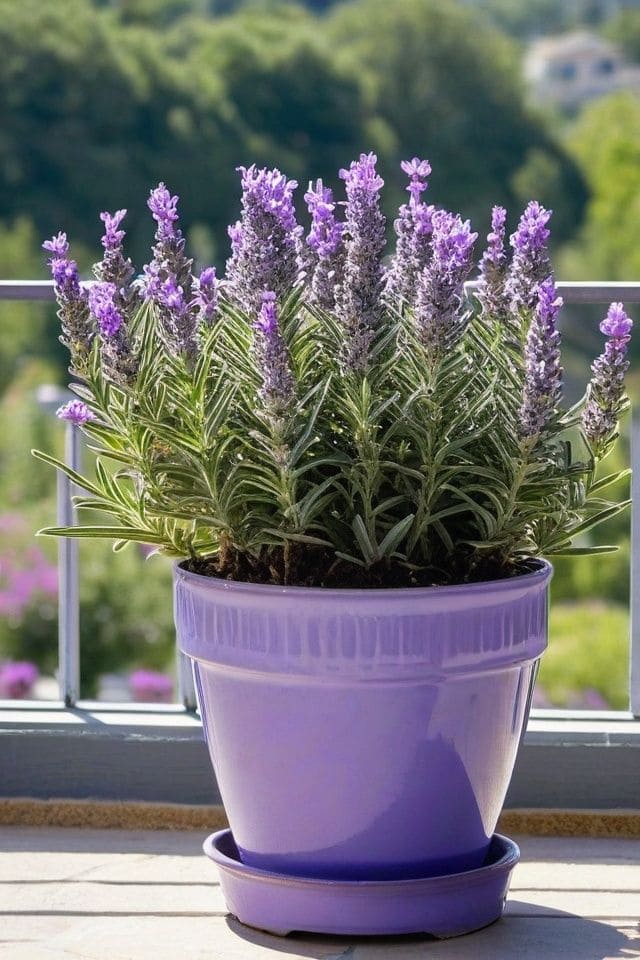
- Scientific Name: Lavandula spp.
- Sun Exposure: Full sun
- Soil pH: Neutral to slightly alkaline (6.5–7.5)
- Hardiness Zones: 5–9
With its fragrant purple flowers and silvery-green foliage, lavender is a top choice for pollinators. Bees can’t resist its sweet scent, and butterflies flock to its nectar-rich blooms.
This drought-tolerant plant thrives in dry, well-draining soil and requires little maintenance beyond occasional pruning. It’s also deer-resistant, making it a fantastic addition to any pollinator-friendly garden.
2. Bee Balm
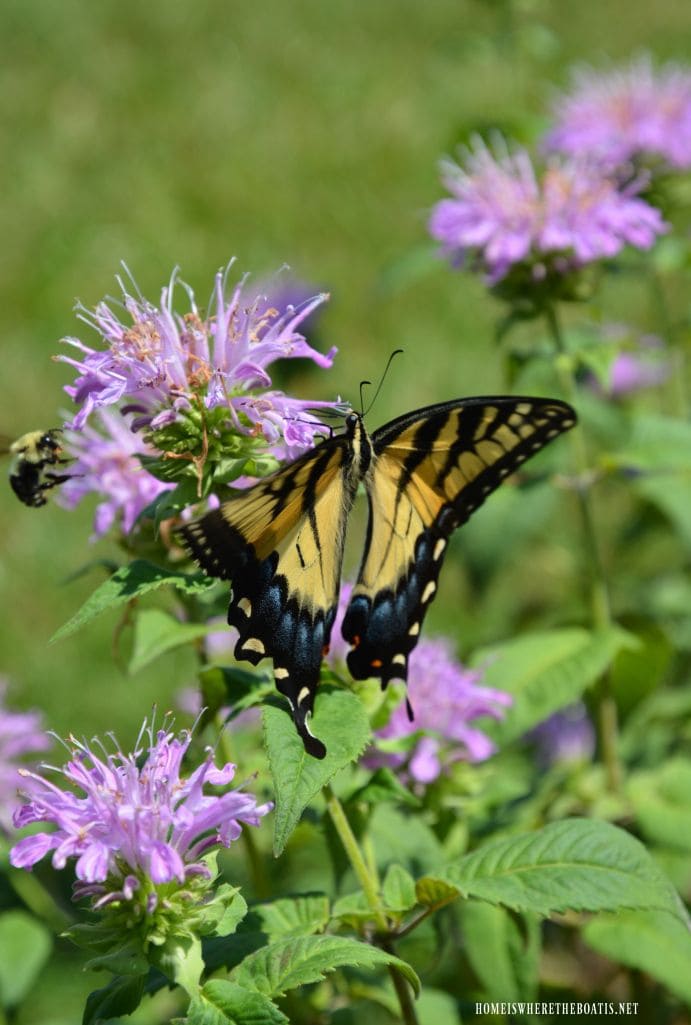
- Scientific Name: Monarda spp.
- Sun Exposure: Full sun to partial shade
- Soil pH: Slightly acidic to neutral (6.0–7.0)
- Hardiness Zones: 3–9
Bee balm is a standout with its bright red, pink, or purple flowers. It produces an abundance of nectar, making it irresistible to bees, butterflies, and even hummingbirds.
The plant thrives in moist, well-draining soil and spreads easily, so it’s perfect for filling garden beds. Deadheading spent flowers encourages more blooms throughout the season.
#3. Coneflower
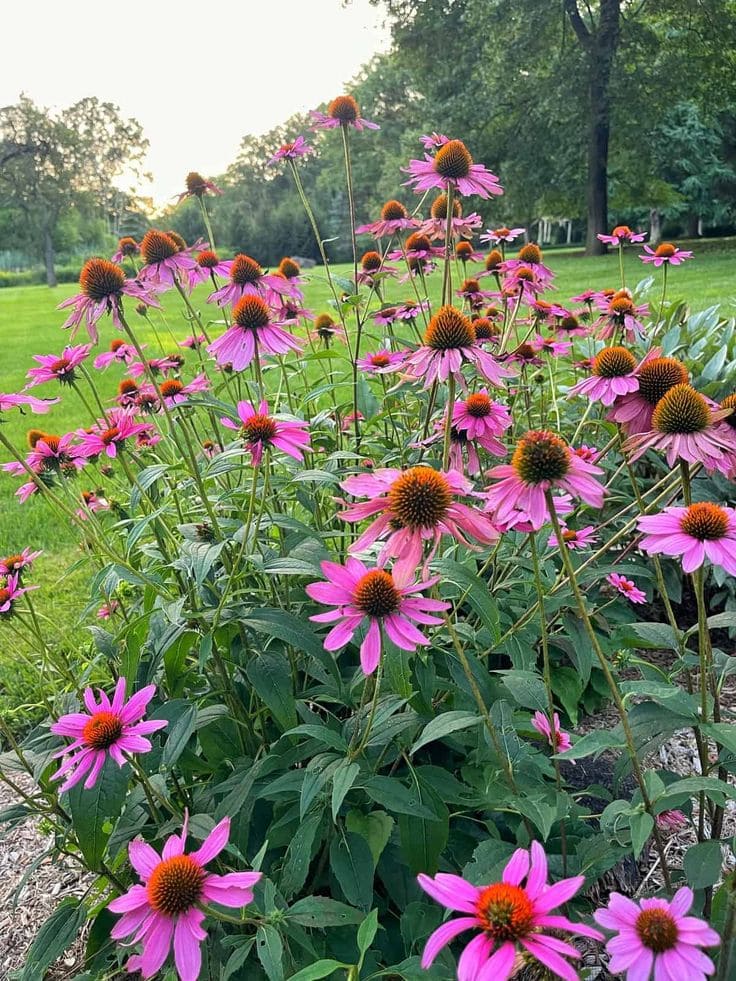
- Scientific Name: Echinacea purpurea
- Sun Exposure: Full sun
- Soil pH: Neutral to slightly acidic (6.0–7.0)
- Hardiness Zones: 3–9
Recognizable by its bold, daisy-like blooms, coneflower is a butterfly favorite. Its raised central cone provides a perfect landing pad for pollinators.
Bees love it for its abundant pollen, while birds feast on its seeds in fall. It’s drought-tolerant and low-maintenance, thriving in average garden soil with minimal watering.
4. Black-Eyed Susan
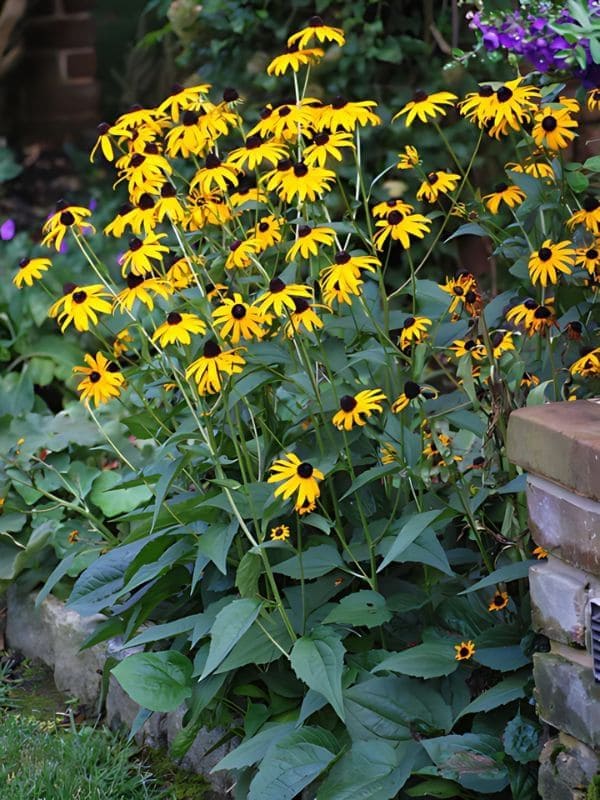
- Scientific Name: Rudbeckia hirta
- Sun Exposure: Full sun
- Soil pH: Slightly acidic to neutral (6.0–7.0)
- Hardiness Zones: 3–9
This golden yellow wildflower attracts bees and butterflies with its nectar-rich blooms. Its long-lasting flowers provide food from summer to fall, making it an essential pollinator plant.
Black-eyed susan is easy to grow, tolerating drought and poor soil conditions. Regular deadheading encourages continuous blooming.
#5. Milkweed
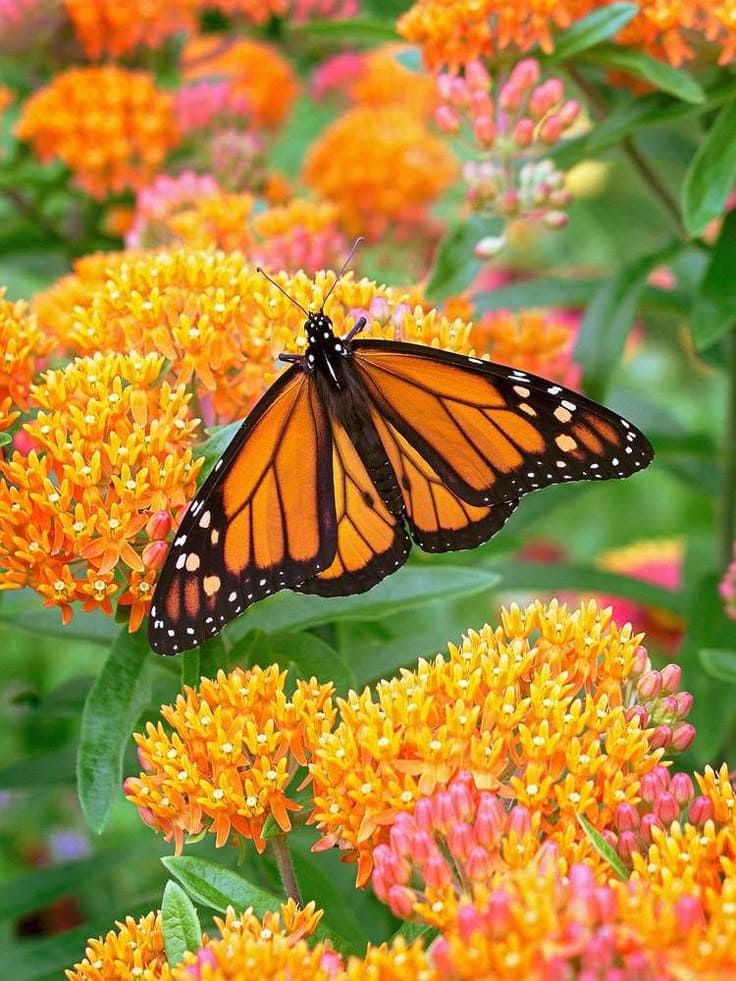
- Scientific Name: Asclepias spp.
- Sun Exposure: Full sun
- Soil pH: Slightly acidic to neutral (6.0–7.5)
- Hardiness Zones: 3–9
Milkweed is essential for monarch butterflies, as it serves as both a nectar source and a host plant for their caterpillars. Bees are also drawn to its small, fragrant flowers.
This hardy perennial thrives in well-draining soil and is drought-resistant. Avoid pesticides, as they can harm butterfly larvae.
6. Sunflower
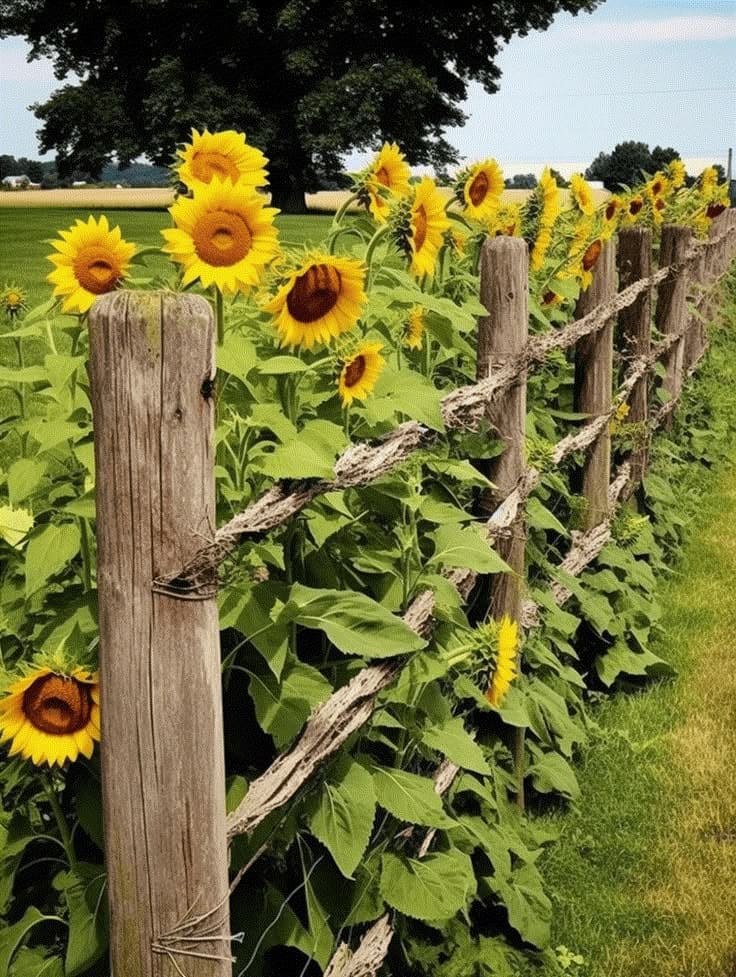
- Scientific Name: Helianthus annuus
- Sun Exposure: Full sun
- Soil pH: Neutral to slightly alkaline (6.0–7.5)
- Hardiness Zones: 4–9
Towering and cheerful, sunflowers are a magnet for pollinators. Bees collect pollen from their large central disks, while butterflies sip nectar.
These easy-to-grow plants thrive in well-drained soil and love warm temperatures. Once flowers fade, birds enjoy feasting on their seeds.
#7. Zinnias
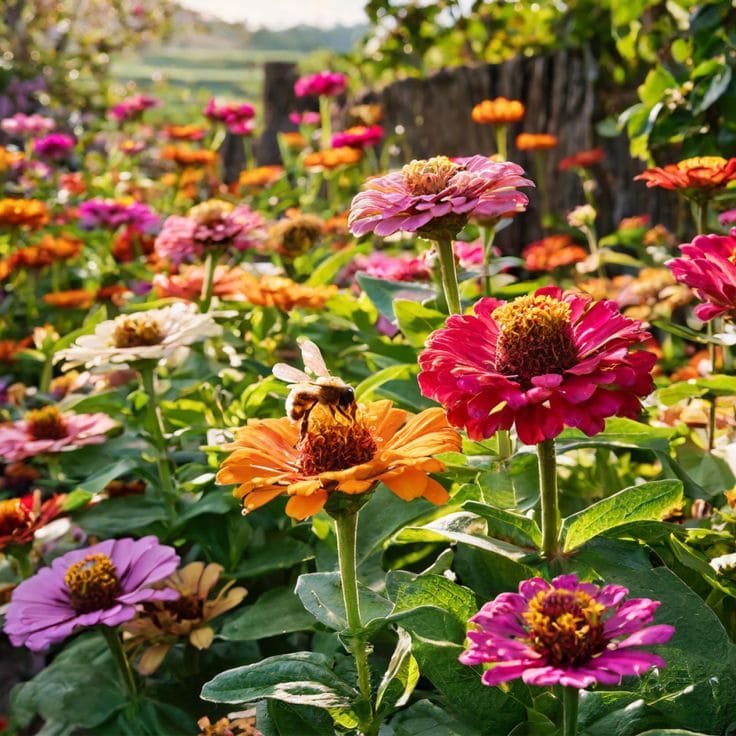
- Scientific Name: Zinnia elegans
- Sun Exposure: Full sun
- Soil pH: Slightly acidic to neutral (5.5–7.0)
- Hardiness Zones: Annual
Zinnias are beloved by butterflies due to their brightly colored, long-lasting blooms. Bees also visit them frequently. These annuals grow quickly and bloom all summer with minimal care.
Regular deadheading promotes continuous flowering, making them a vibrant, low-maintenance choice for pollinator gardens.
8. Lantana
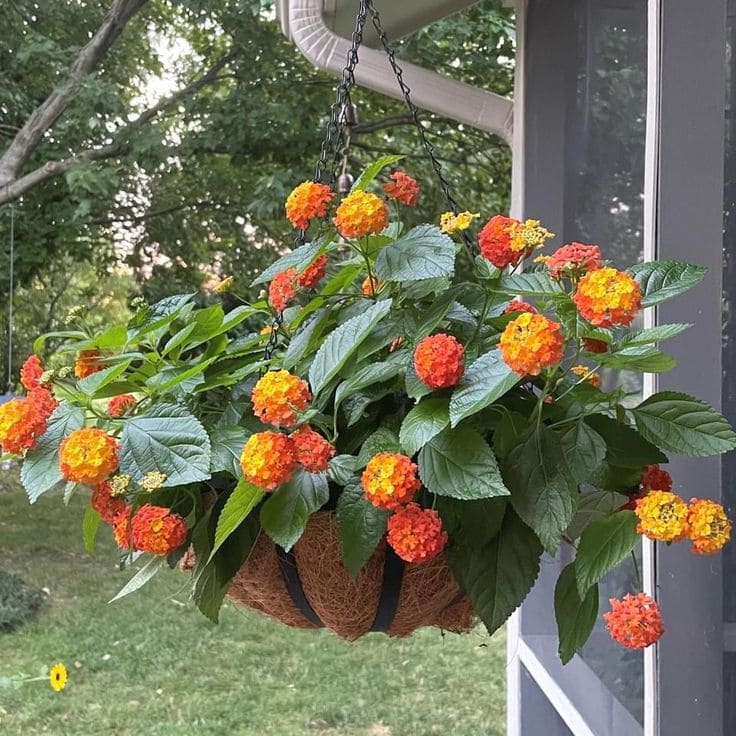
- Scientific Name: Lantana camara
- Sun Exposure: Full sun
- Soil pH: Slightly acidic to neutral (6.0–7.5)
- Hardiness Zones: 8–11
Lantana produces small, clustered flowers in a variety of colors that change as they age. Its nectar is irresistible to butterflies and bees.
This heat-tolerant plant thrives in well-draining soil and can withstand drought. In warmer zones, it grows as a perennial shrub, providing year-round nectar.
#9. Aster
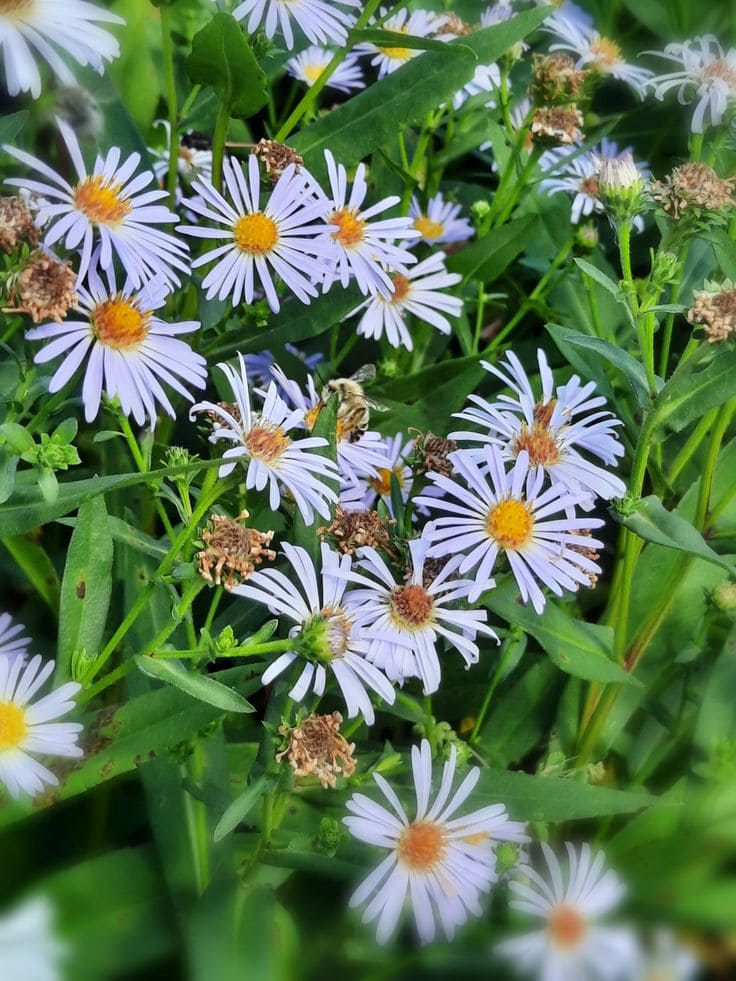
- Scientific Name: Aster spp.
- Sun Exposure: Full sun to partial shade
- Soil pH: Neutral to slightly acidic (6.0–7.0)
- Hardiness Zones: 4–8
Blooming in late summer and fall, asters provide a crucial nectar source when many other flowers have faded. Their daisy-like flowers come in shades of purple, pink, and blue, drawing in butterflies and bees.
They thrive in well-draining soil and appreciate regular watering during dry spells.
8. Lantana

- Scientific Name: Lantana camara
- Sun Exposure: Full sun
- Soil pH: Slightly acidic to neutral (6.0–7.5)
- Hardiness Zones: 8–11
Lantana produces small, clustered flowers in a variety of colors that change as they age. Its nectar is irresistible to butterflies and bees.
This heat-tolerant plant thrives in well-draining soil and can withstand drought. In warmer zones, it grows as a perennial shrub, providing year-round nectar.
#9. Aster

- Scientific Name: Aster spp.
- Sun Exposure: Full sun to partial shade
- Soil pH: Neutral to slightly acidic (6.0–7.0)
- Hardiness Zones: 4–8
Blooming in late summer and fall, asters provide a crucial nectar source when many other flowers have faded. Their daisy-like flowers come in shades of purple, pink, and blue, drawing in butterflies and bees.
They thrive in well-draining soil and appreciate regular watering during dry spells.

